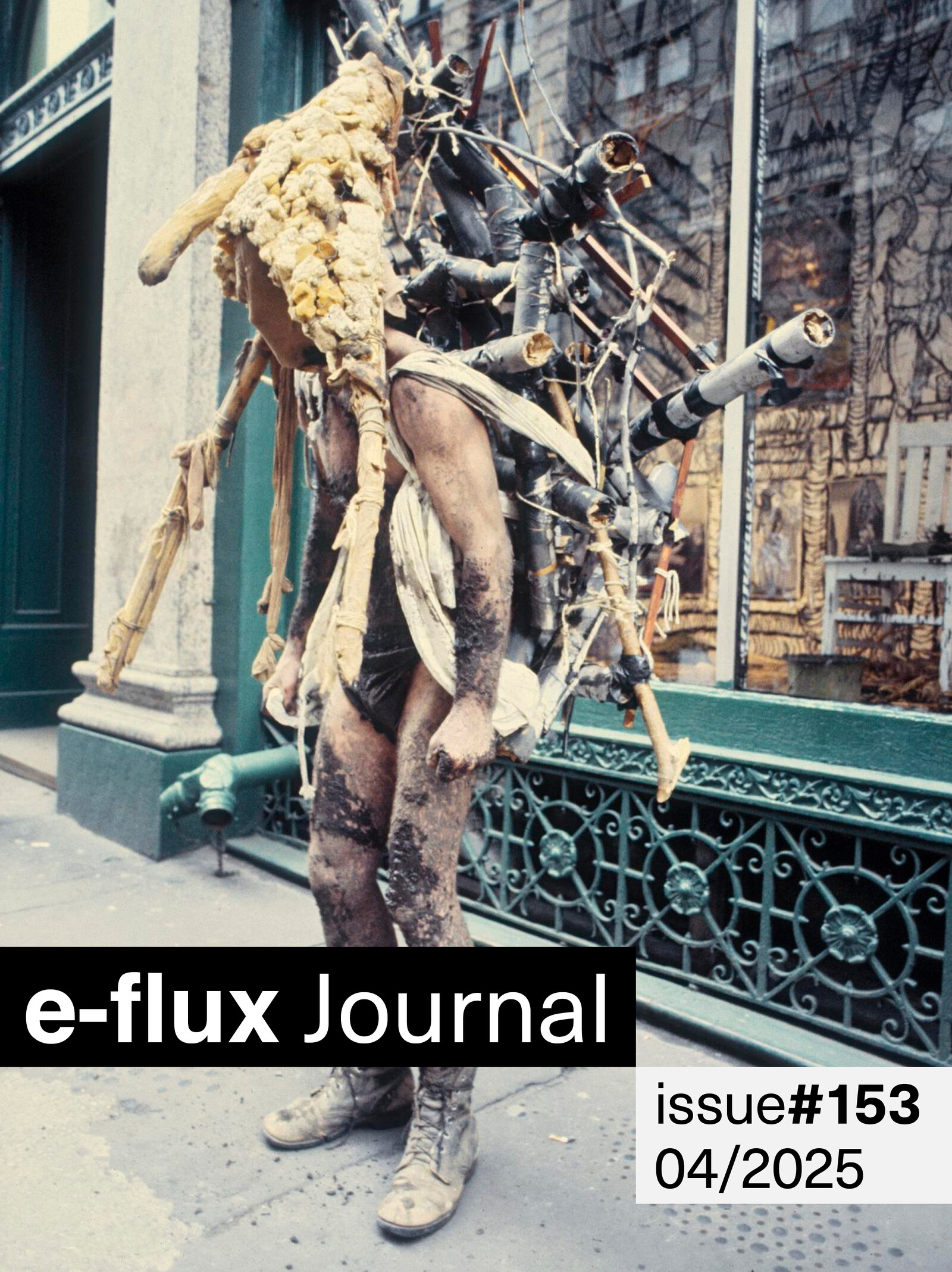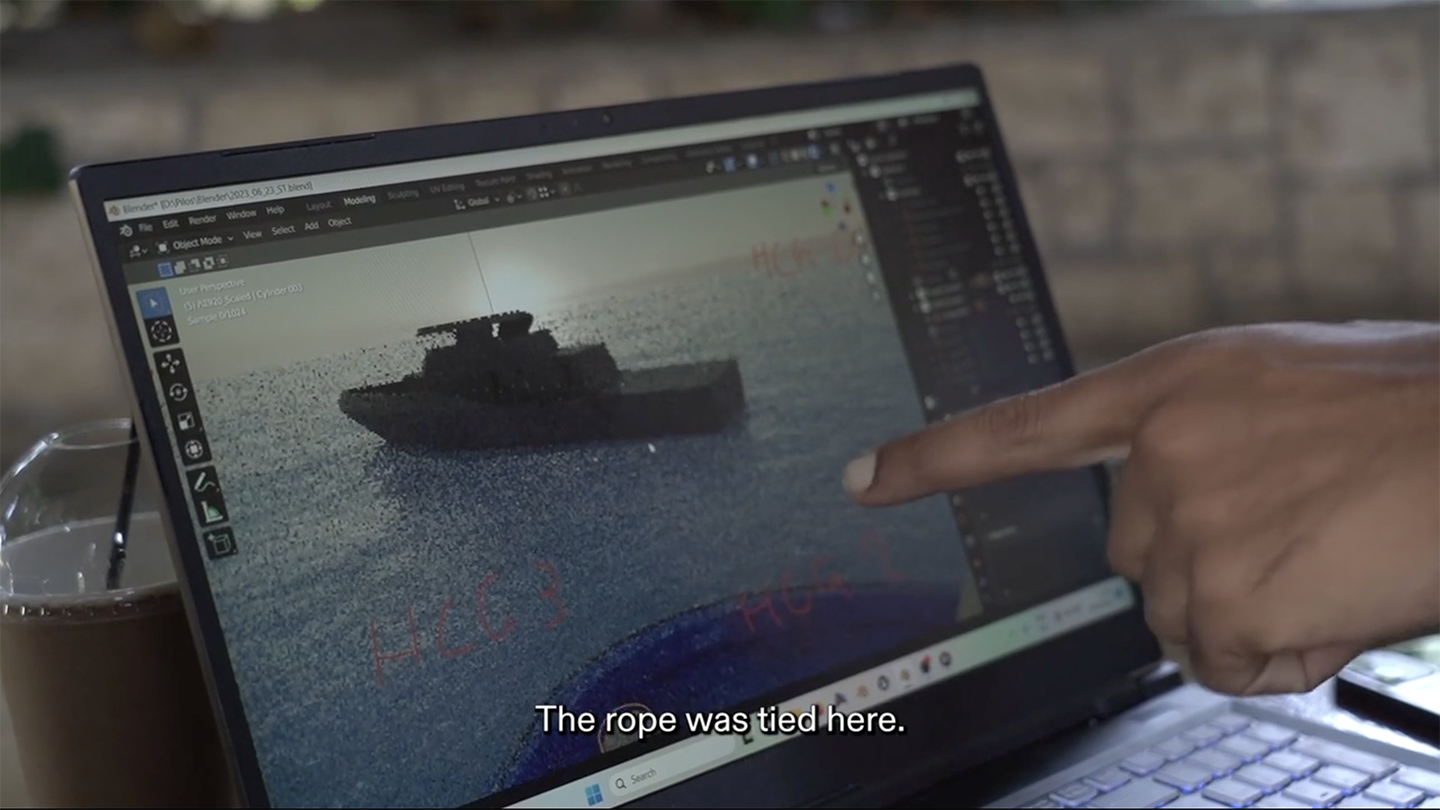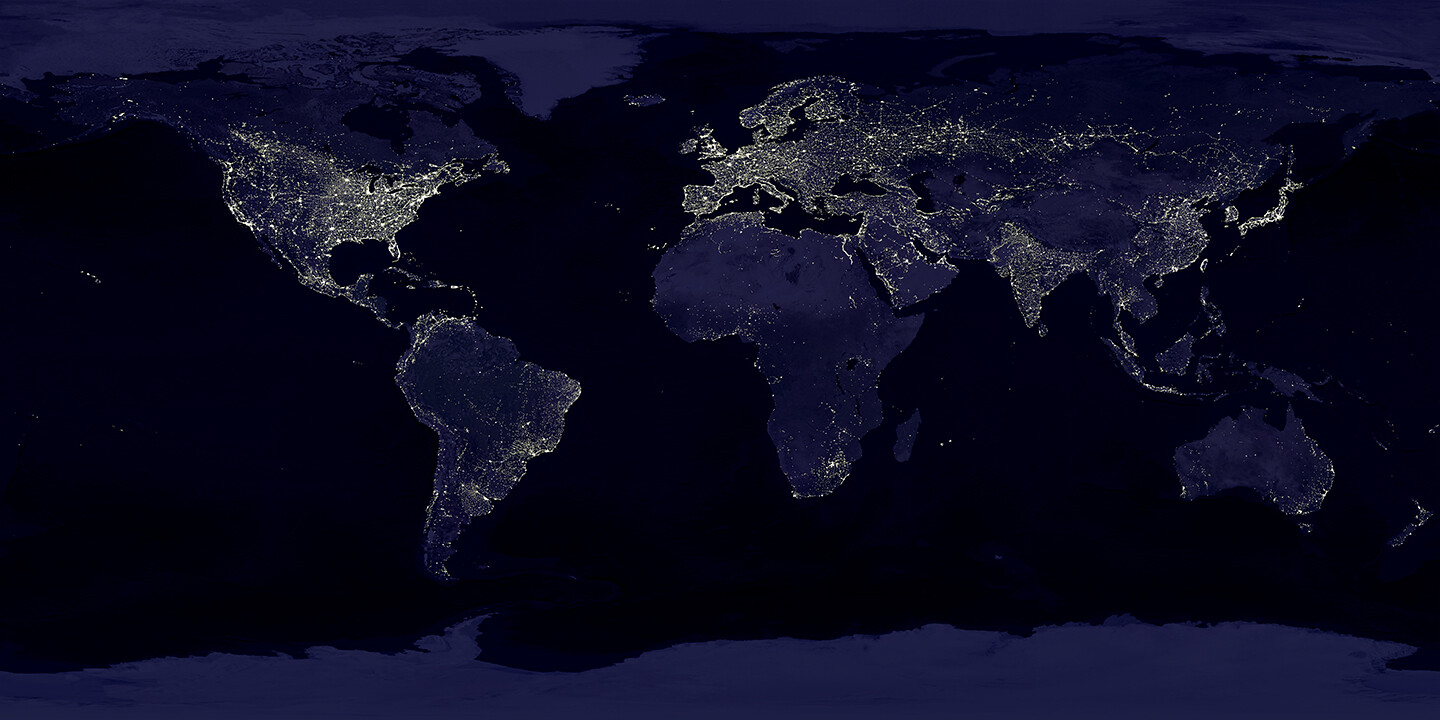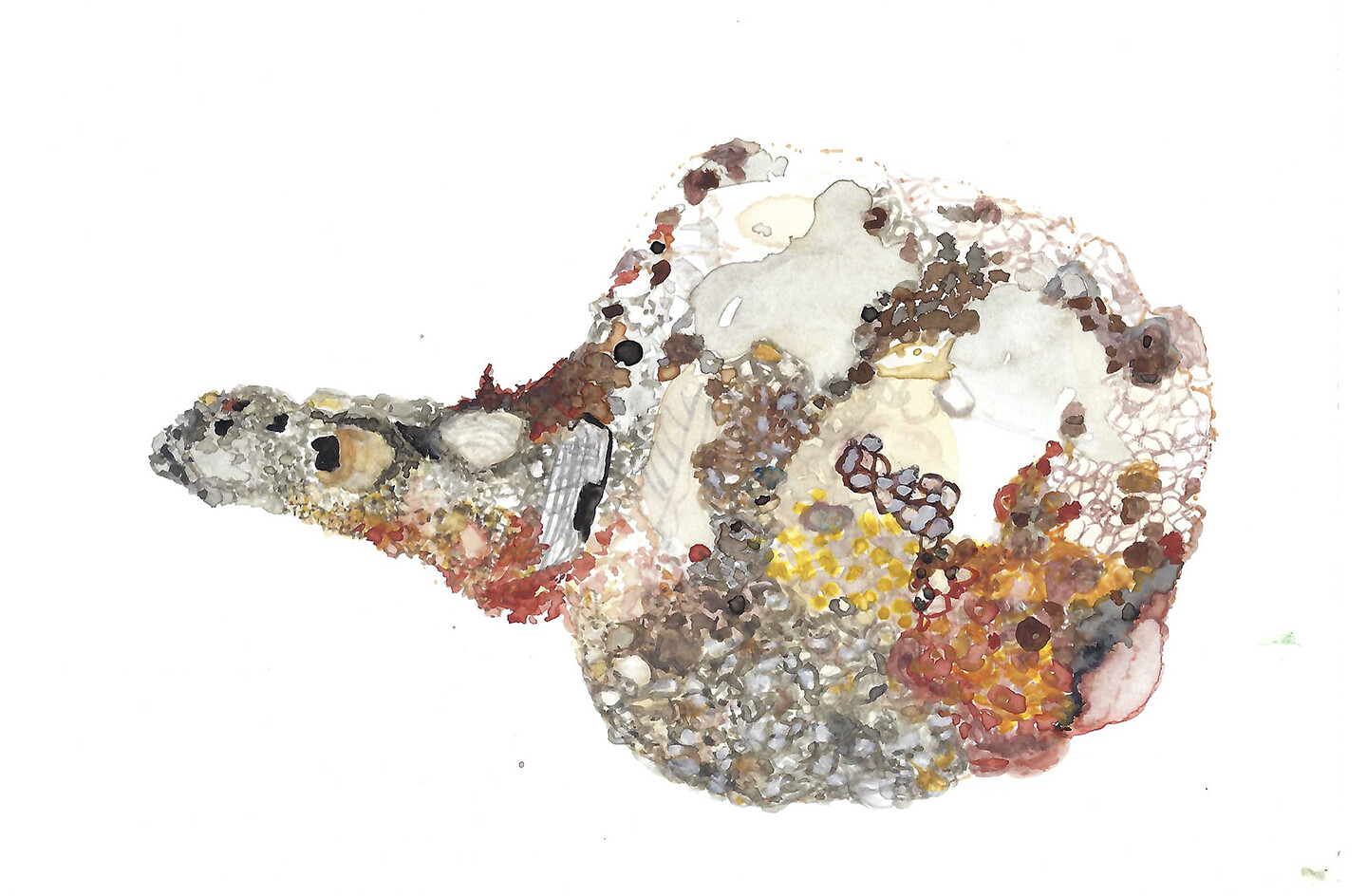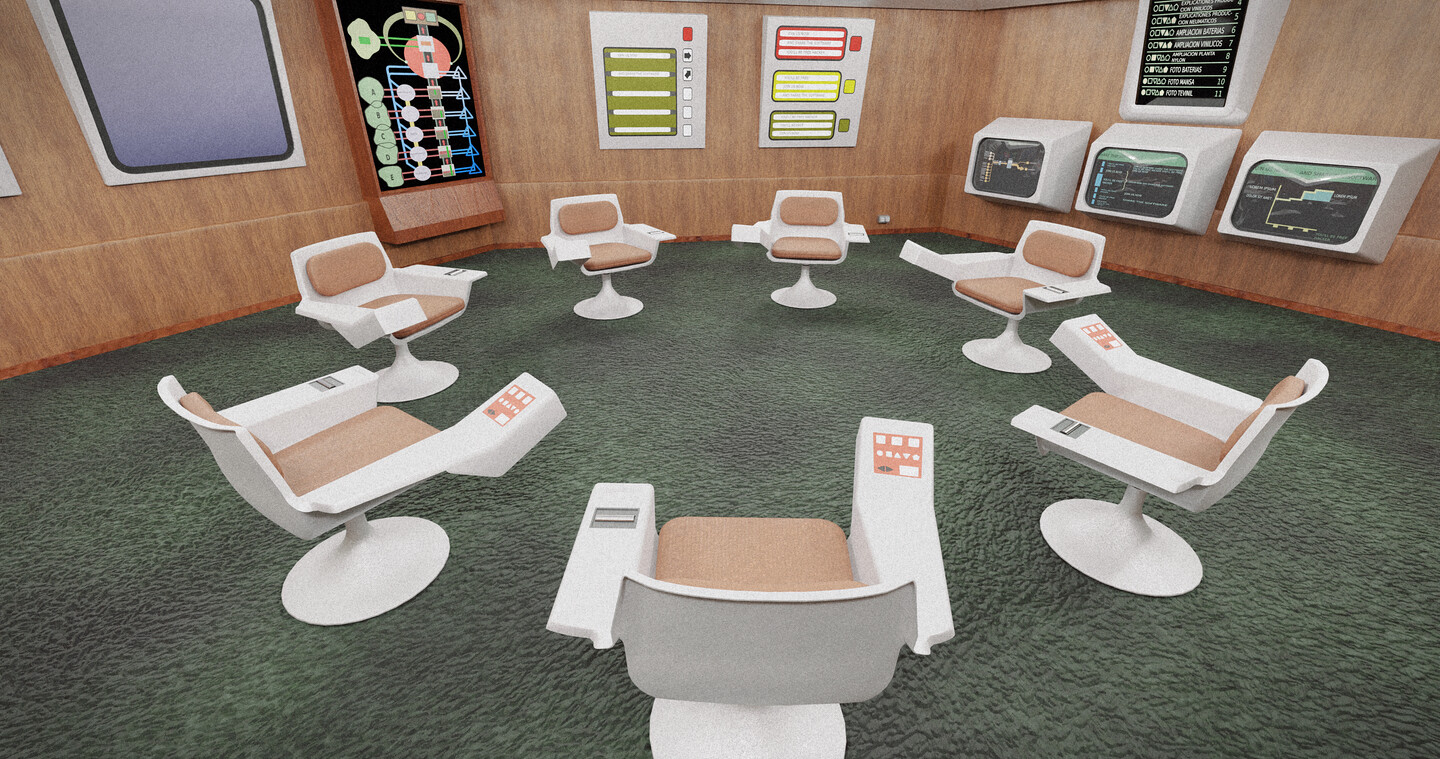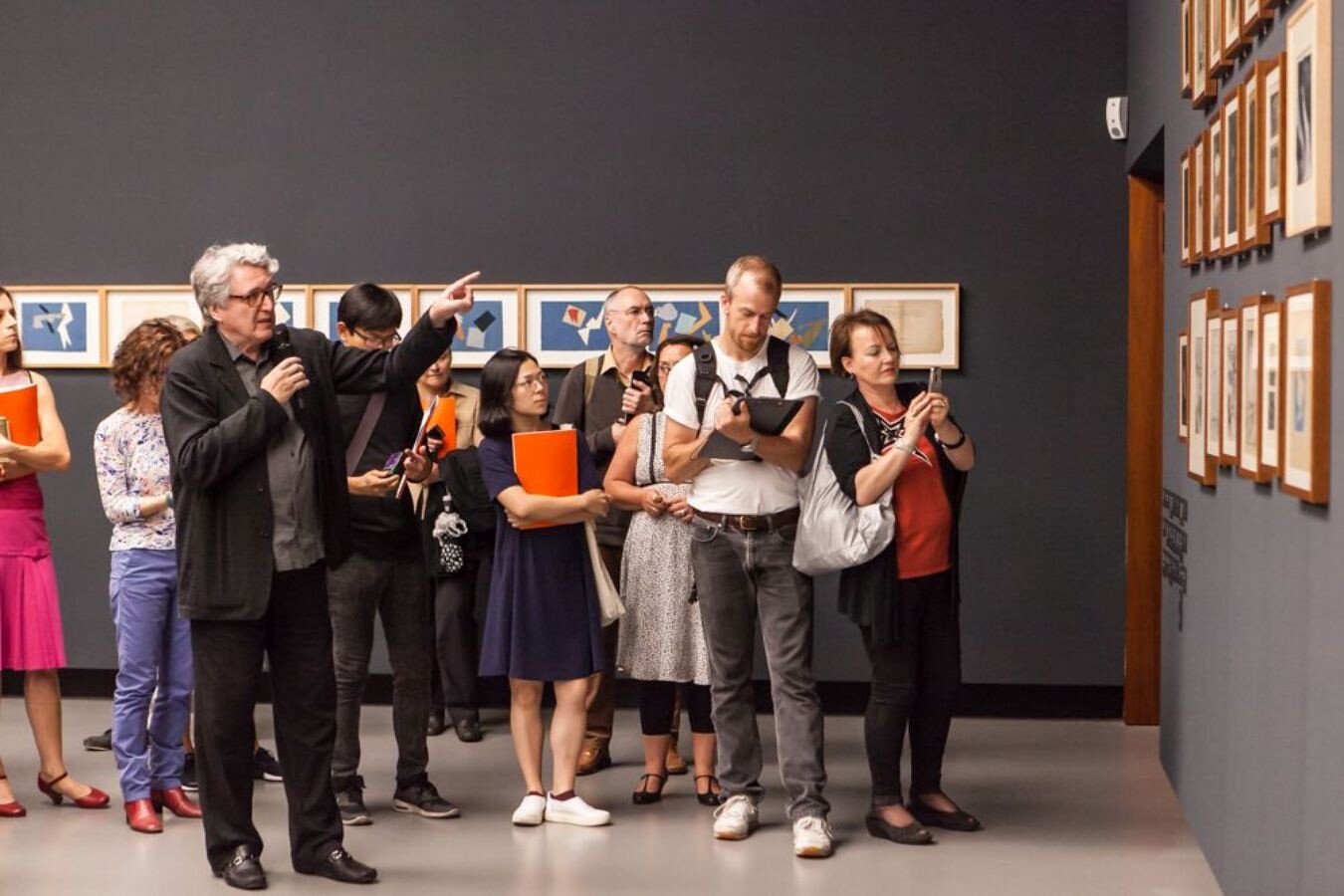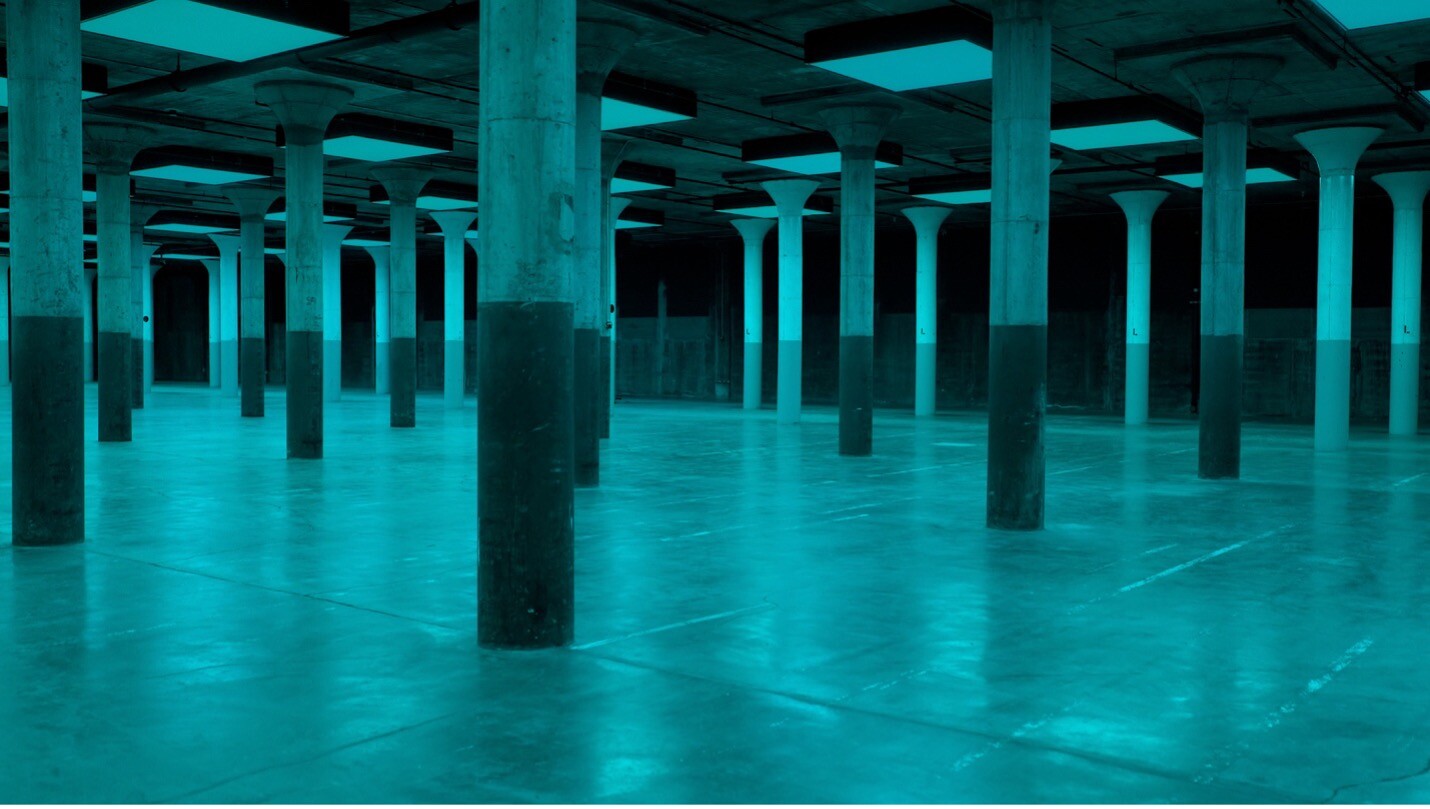The Mother is not only a person or nation or continent; it is also the West’s self-flattering idea of itself. The West portrays itself as the Mother of all Mothers, the beacon of truth and civilization, the arbiter of law and justice. This idea has always been hypocritical, but after the war in Gaza, the West’s claim to defend “civilization” has been exposed as grotesque. Indeed, we may have reached a full-circle moment in history: Mother is finally accepting her true nature, as she revisits with pride her past of colonial plunder.
Wars can be waged in various forms, from cold to hot, from trade wars to psychological warfare to outright bombardment and genocide. The techniques available for negotiating unresolvable differences can seem endless. But it would also seem that the material of war’s underbelly is capable of a strange expressivity. In this issue, Mary Walling Blackburn takes on the genre of “trench art”—objects crafted from war’s detritus by soldiers addressing material or spiritual needs, or by prisoners or civilians reflecting on the circumstances of war and confinement. In their detailed making and decorative use, Blackburn finds a contorted, diagonal relation to fine art objects. If trench art often miniaturizes the psychic magnitude of war, what would a proportional relation look like, say, if the estimated millions of tons of rubble, human remains, and unexploded ordinance in Gaza caused by US arms could be materially reabsorbed as an “unholy amalgam” of trench art for US art collections, as collective burial and real consequence? If spent bullet shells, weapons, or other war detritus can become decorative trench art, artist Kim Jones’s Mudman on the issue’s cover demonstrates how the psychological trauma of war can transform into material for art.
As an art form, trench art is more expansive than soldiers’ craft; it includes objects made by civilians attempting to mediate their feelings about war as bombings escalate and casualties mount. Yet another category within the form wedges somewhere between soldier and civilian: the prisoner/hostage/detainee who generates crafts while in captivity. These makers and their objects increase in number as we read these words—past, present, and future trench art heaps. Somewhere, someone cobbles a piece of old trench art to new trench art. In our rubble to come, epoxy resin will bind dust to dust.
Planetary thinking should be oriented toward the future with a new conceptual framework. The obstacle is that today we still think primarily from the perspective of the nation-state and its economic and military interests. The planetary should not be confused with a new configuration of power between the states, such as a bipolar or multipolar configuration, because this does not change the nature of politics. For this would be the mere continuation of the politics of the nation-state; the difference would only be related to who has more power and more control over resources and the world market.
Boris has been very close to artists ever since his student days and, while I hesitate to think of him as an art historian or a curator, his insight into art and its practitioners is unprecedented for a theoretician. Maybe this is why the Gesamtkunstwerk Stalin book he gave me years ago was so important for me in seeing the relationship between the incredibly complex trajectory of the Soviet avant-garde and the brutal velocity of dictatorial power: the total work of art that the USSR briefly embodied, and where I came from.
The concept of value is nothing, for communists, if not a crosshair that flashes red when we need to smash something. There is also in Marx a tendential theory alongside the heuristic theory. The light of communism revealed for Marx a directionality to capitalist production, one that pointed toward its ruin but also its overcoming by communism.
Given that for those myriad subaltern communities marked as structurally disposable, as incapable of (democratic) rights and the (responsible) exercise of freedom, “the fascism which liberal modernity and civil society have always required has never abided by this order’s mendacious separation of the political from the aesthetic,” how could one expect an art keyed to the operation of these structures, or grounded in the historical praxis of these communities, to conform to the artifice of such notionally separable strictures as those that divide aesthetics from politics, form from content, present from past, living from dead?
